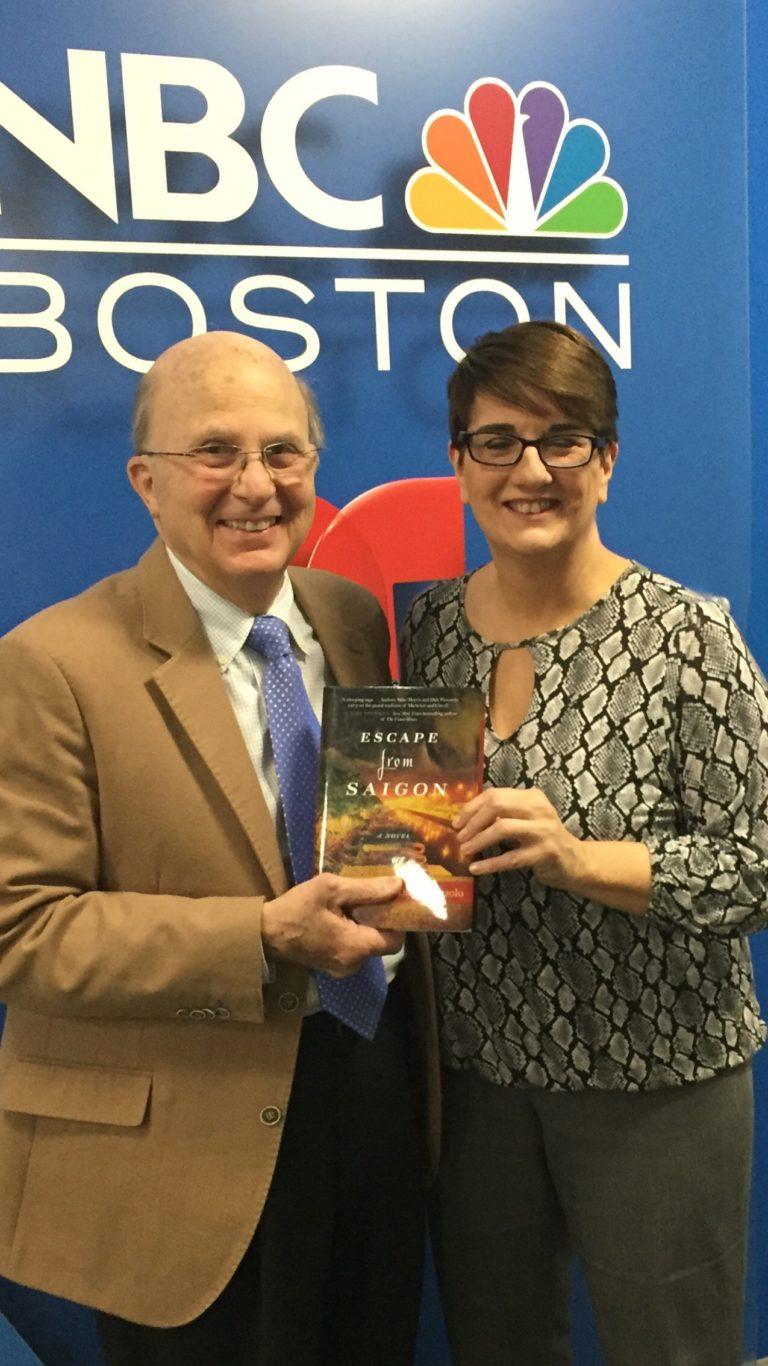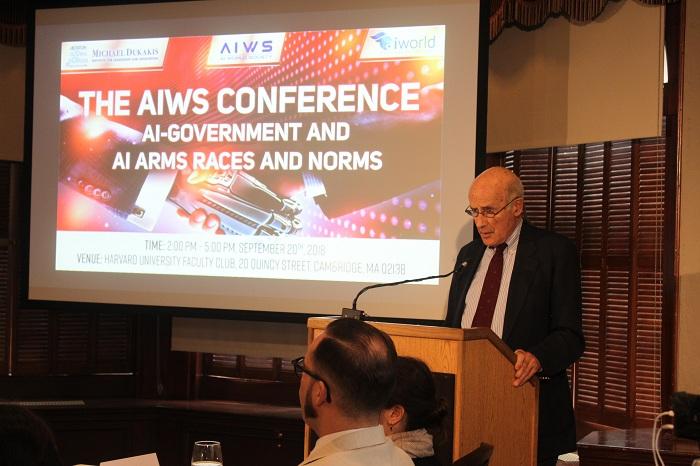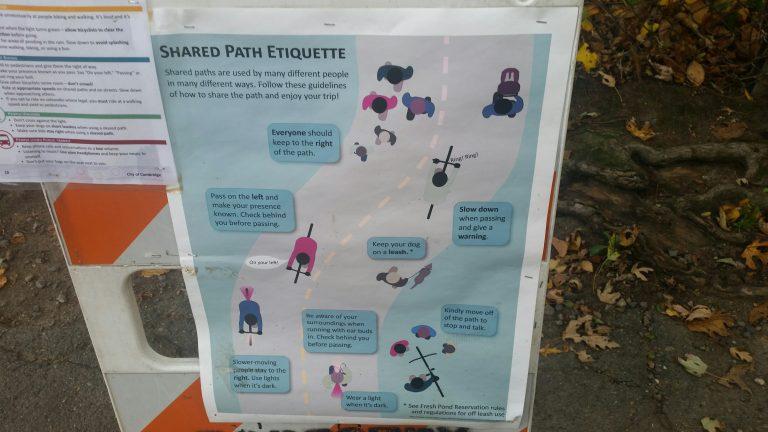For Veterans Day, 2018, author and Air Force Vet Dick Pirozzolo explains why people who have served...
cambridge blog
Cambridge writer Anita Harris felt heartened by the outpouring of support for Pittsburgh Synagogue shooting victims ...
Artificial intelligence is likely to transform the public sector by automating many government tasks—including making combat decisions....
Cambridge writer Anita Harris felt inspired by the Georgia O'keeffe show at the Peabody Essex Museum in...
Writer Anita Harris enjoyed the spirit and creativity exhibited at the 2018 Women's March in Cambridge, MA....
Writer, photographer and wunner (someone who walks and runs?) Anita Harris thanks Ranger Jean Rogers for...





